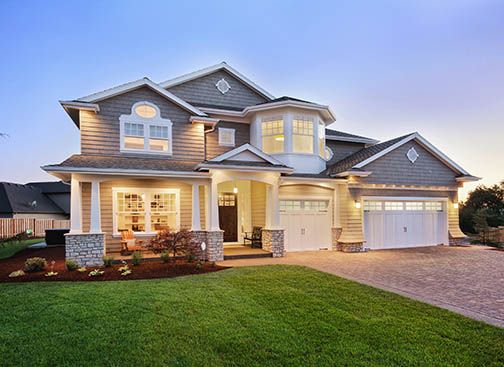Why Millennial And Gen Z Buyers Are Struggling
 Right now, it is difficult for people to purchase a house. Prices are very high, inventory remains at record low levels, and this is contributing to bidding wars. Even though everyone is having a hard time finding a house, Millennials and Gen Z buyers are struggling more than other people. What are some of the biggest hurdles that these buyers need to overcome?
Right now, it is difficult for people to purchase a house. Prices are very high, inventory remains at record low levels, and this is contributing to bidding wars. Even though everyone is having a hard time finding a house, Millennials and Gen Z buyers are struggling more than other people. What are some of the biggest hurdles that these buyers need to overcome?
A Lack Of Familiarity
One of the first problems that Millennials and Gen Z buyers have to overcome is a tremendous lack of familiarity with the housing market. Many people that fall into this category are buying a house for the first time. They are not familiar with the process of buying a home, and they are far more likely to be overwhelmed by the process. Furthermore, they are often working with a smaller budget, which can make it even harder for them to compete in the current market.
Cash Offers
Because Millennials and Gen Z buyers are purchasing a house for the first time, they do not have the same budget. They often end up purchasing a smaller house. Unfortunately, these are the same houses that people who are downsizing are trying to buy as well. People who are trying to downsize can often make a cash offer for a smaller house, driving Millennials and Gen Z buyers right out of the market. Millennials and Gen Z buyers have a difficult time competing with cash offers.
Student Loan Debt
In addition, Millennials and Gen Z buyers are often carrying a tremendous amount of student loan debt. In some cases, the student loan debt they carry could be more than a mortgage. Banks and credit unions will hesitate to give young prospective buyers a mortgage if they already have a mortgage in the form of student loan debt.
Rising Interest Rates
Unfortunately, rising interest rates are also having an adverse impact on Millennials and Gen Z buyers. Because they are already working with a smaller budget, they will feel the sting of rising interest rates more than other people. This could make it even harder for them to purchase a home.
Looking To The Future
It is possible that more homes could come on the market in the near future. This could create more opportunities for all buyers, making it easier for Millennials and Gen Z buyers to avoid a bidding war and find a home.

